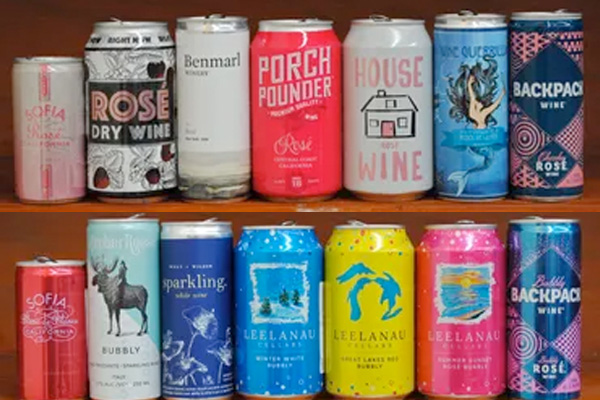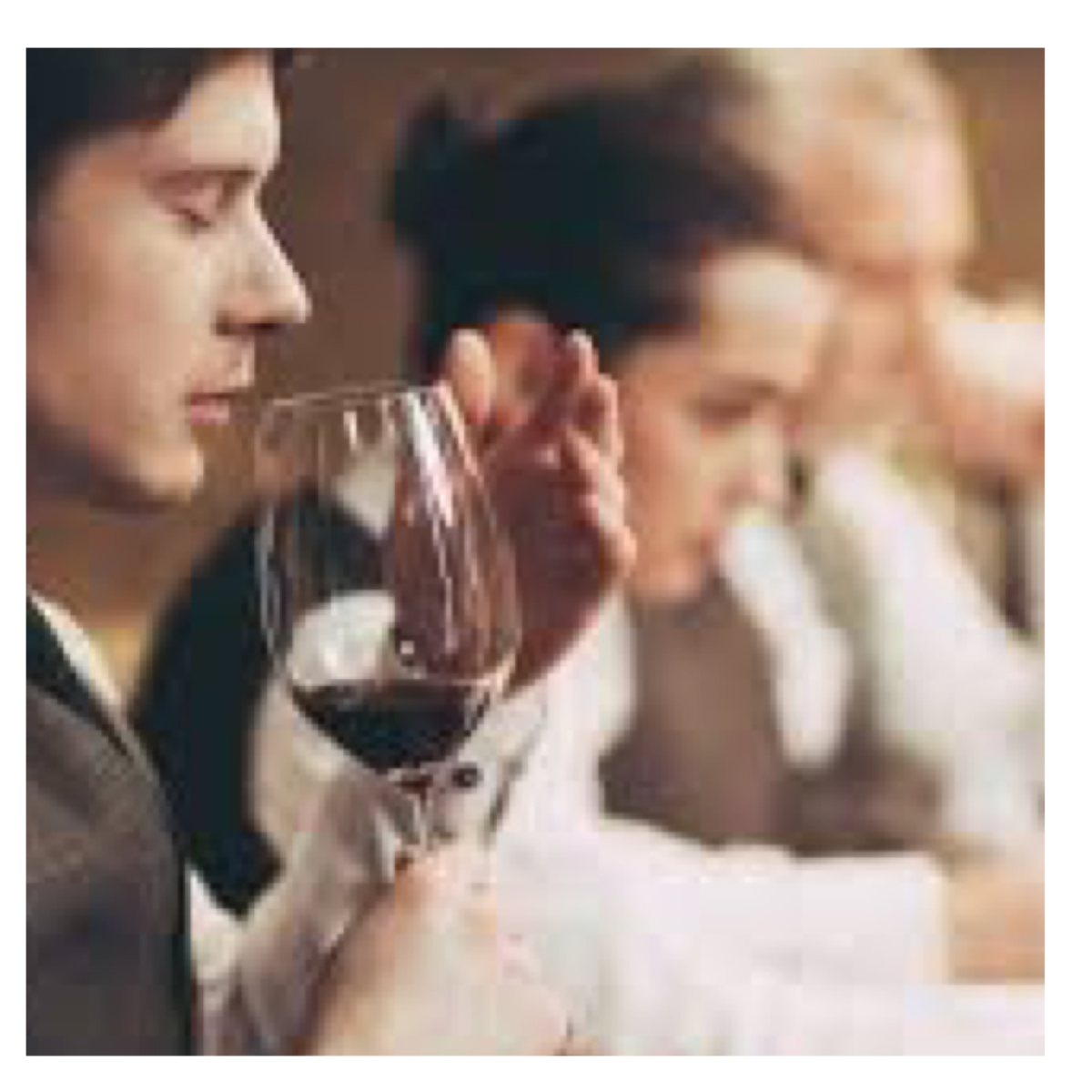With the traditional wine market in the US growing at an increasingly slow pace, successful wineries 10 years from now will be those that have adapted to a different consumer with different values. Wine in a can is no new thing; it was first seen in World War 1 when the French army had their wine rations delivered this way.
WICresearch.com has done an in-depth study of the drivers that are affecting the boom in the wine-in-can market and it is predicted that the trend will continue to grow as it has done exponentially in its infancy. The most important factors to consumers when it comes to wine-in-can are taste, quality and value, followed by convenience, portability and fun. From 2017-2108 the wine-in-can market grew by 43%. It is a market that cannot be ignored as the industry needs new growth places.
There are 6 main drivers that are promoting the expansion of wine-in-can, as follows:
Convenience
This is the most obvious benefit and relates to the carrying, opening and finishing of the product. One is able take a can where it is illegal or inconvenient to bring a bottle or any glass. The single-serve size also allows for zero waste of the contents, and it removes the need for traditional wine paraphernalia: foil cutters, corks screws. Under the convenience banner, the wine vending machine is also a trend that is starting to gain traction, certainly opening new markets in terms of novelty and availability.
Occasion expansion
This is based on both location and event. Location involves places where taking a bottle of wine is not suitable nor practical: boats, beach, swimming pools. Event expansion is where offering a single-serve beverage is desirable e.g.BBQ, picnic.
It is interesting that wine-in-can drivers such as these are not cannibalizing the existing market with its meagre growth of 1-4% but it is rather creating an extension of markets or even new markets and thus creating strong double-digit growth.
Sustainability and cost savings
Aluminum is 100% recyclable and so the environmental footprint is greatly reduced, and the product attracts an eco-friendly consumer who values sustainability. Research has shown that 51% of Millennials check the packaging before purchase for sustainability claims.
Facts:
- Sustainable products grew 4x the rate of non-sustainable products (Nielsen)
- Consumers are willing to pay 15% more for sustainable packaging (McKinsey)
- 66% of consumers will pay more for sustainable brands (Nielsen)
Packaging in aluminum cans also produces a saving of 15-20% with some manufacturers suggesting 40% due to efficiency of packing and transport, lack of breakage, and lighter weight. Therefore, carbon emissions for transportation are also lower. Also, savings occur in establishments serving wine by the glass, as there is total accuracy over the serving size with no shrinkage.
Portion control and variety
Apart from the benefit of not having to open a whole bottle when you would like to enjoy a glass, there is also no issue of dealing with unfinished wine. The wine-in-can movement is very popular with restaurants that have less waste and leftover wine, or the problem of customers wanting to cork their bottle to take it home which is illegal in many parts of the world.
Due to the small serving, wine drinkers can enjoy different varieties of wine with different courses, instead of a full bottle of the same wine.
Visual image and branding
An aluminum can has a 360-degree label rather than just a front and a back. It gives the product a cooler, more photographable, Instagrammable look.
“With 64% of consumers trying a new [wine] product simply because the package catches their eye, packaging design is one of the most underappreciated marketing levers” (Freeman, 2016).
Designers can go so far as to make the packaging glow in the dark.
Quality
“You actually have a really stable environment in a can…There’s no UV penetration or oxygen exchange like there would be through a cork and glass bottle” (Drinks News, 2018).
For still and sparkling wine, the integrity of the product can easily be preserved. The dark, oxygen-free environment for still wine is ideal while for sparkling, the effervescence is contained in a small space.
There is ongoing research for different types of cans, linings and filling systems to ensure further integrity of the product as well as preserving its future life which is, as yet, unproven.
It is interesting to note that the wine-in-can purchase is not affected by gender, education nor generational group. There is also no difference in self-reported wine knowledge i.e. consumers with a high level of wine knowledge are just as likely to buy wine in cans.
In a 2019 a blind taste test of wine-in-can versus wine-in-bottle was conducted. The identical wine from the same winery in both packaging formats was poured. There were 4 different varietals and the experiment was done in 2 different locations. 51.1% said they either preferred the wine-in-can or that they could tell no difference between the two.
Wine-in-can is a growing market and innovation and interesting marketing tools are emerging every day. It will be a very interesting space to watch over the next decade.
Jenny Ratcliffe-Wright
Cape Wine Master


